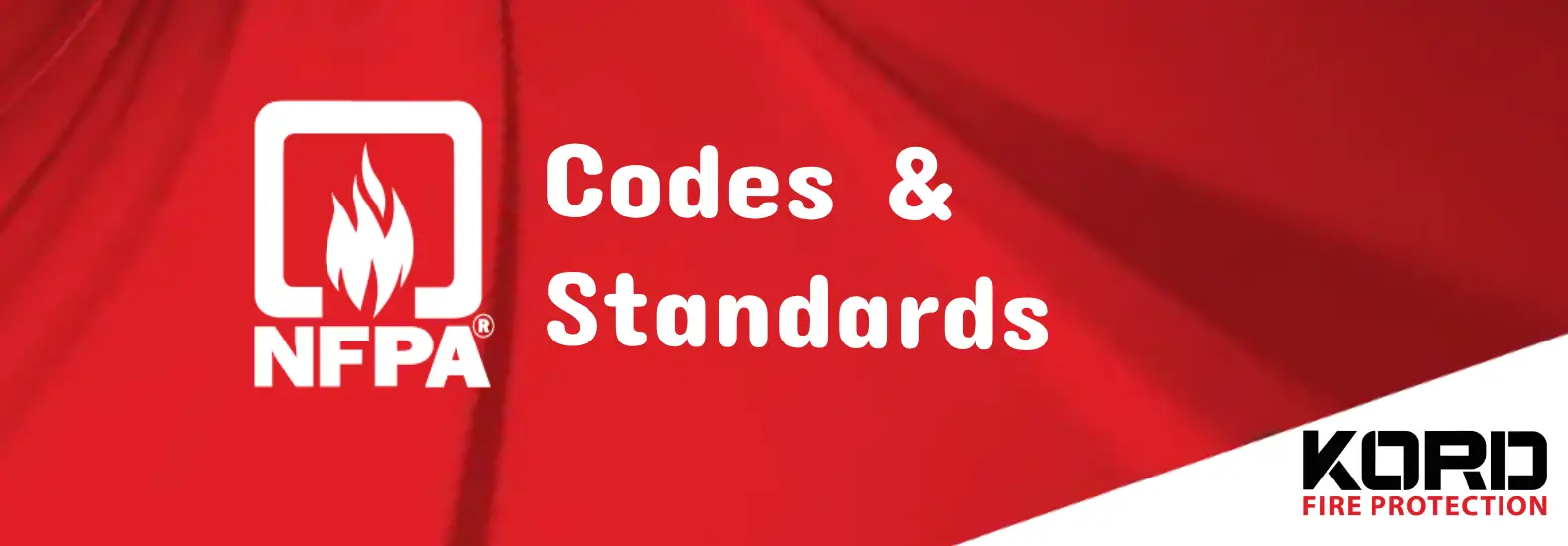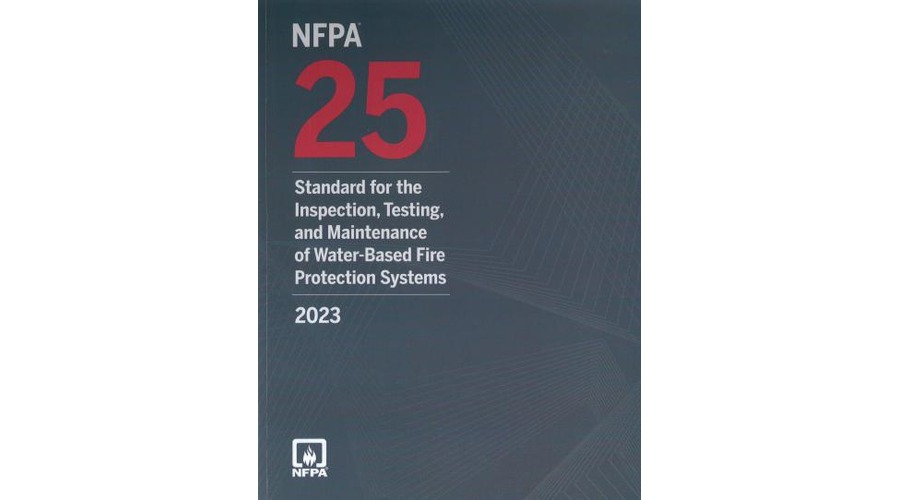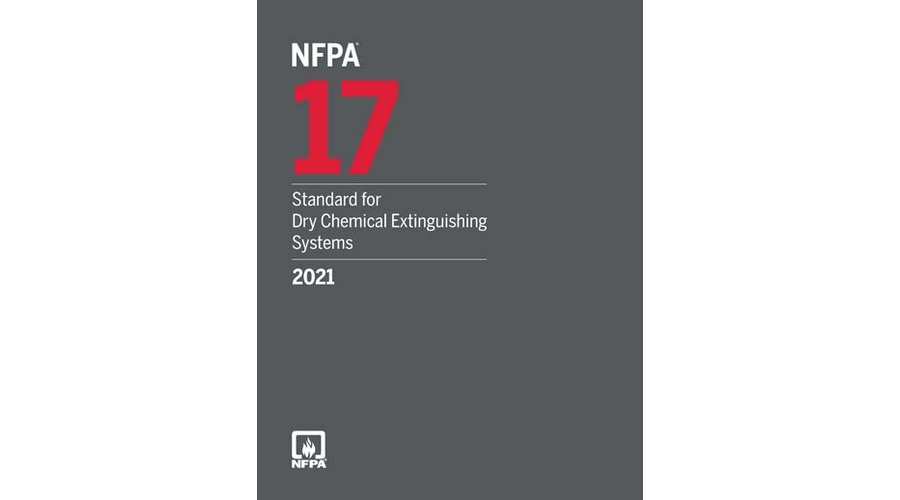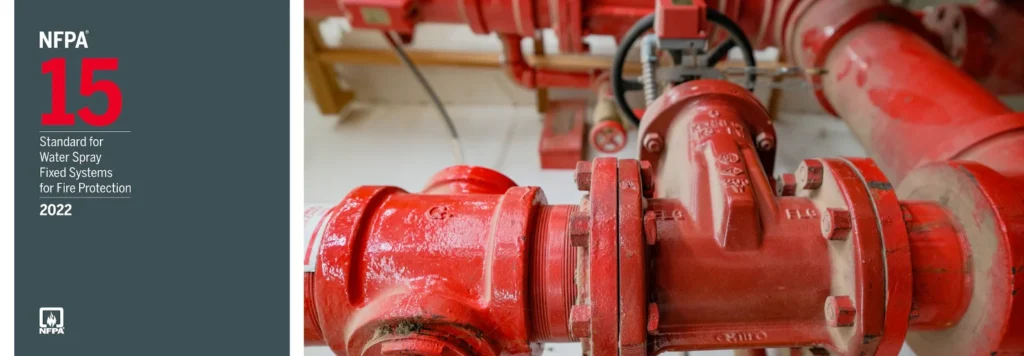

Why Adhering To NFPA Standards Is Essential For Fire Safety
Adhering To NFPA Standards: Safeguarding Lives through Fire Safety
NFPA fire standards cover a wide range of topics. From fire sprinkler installation to life safety, protection systems, and so much more. Anyone who has spent even a small amount of time researching fire safety has likely come across at least one NFPA standard. Leaving them with potential questions like, “What is the NFPA, and why is it important?”
What Is The NFPA?
The National Fire Protection Association (NFPA) is a nonprofit organization devoted to preventing injury, loss of life, and property damage caused by fires, electrical issues, and other related hazards. It was formed in 1896 as a small committee in Massachusetts but has evolved into an international organization with 50,000 members.
Today, the NFPA publishes more than 300 consensus codes and standards that are in use around the world. Each covers a wide range of topics, from fire prevention to life safety, fire protection systems, building construction, electrical safety, hazardous materials, and so much more. These standards and codes are developed by committees of experts from various industries. As such, NFPA standards are widely recognized and adopted by many municipalities.
What Are NFPA Standards And Why Are They Important?
Committees of experts from a wide range of fields collaborate to develop various codes and standards designed to prevent fire, electrical, and related damage. These standards cover numerous topics, from the installation, testing, and maintenance of various fire protection systems to life safety and just about every related topic in between.
As you can probably imagine, adhering to NFPA standards is important for many different reasons. Here are just a handful:
Life Safety: NFPA standards are specifically designed to protect human life thanks to guidelines outlining the installation, testing, and maintenance of various fire detection. Protection and fire suppression systems as well as evacuation protocols and even building design. When it comes to fire safety, life safety is the top priority. For that reason, adhering to NFPA standards is essential when it comes to protecting life and preventing injuries.
On the flip side, failure to adhere to NFPA standards puts lives at risk. NFPA standards are designed to protect individuals from fire and electrical-related hazards. So choosing to ignore these guidelines can have dire consequences.
Protecting Property: Many of the same guidelines that go into protecting life apply to ensuring property remains unharmed as well. The proper installation of fire detection, protection, and suppression systems is vital for ensuring these systems perform properly in the event of an emergency – as is maintaining a standardized schedule for inspection and testing.
Again, the choice to ignore NFPA standards is accompanied by an increased risk of fire hazards. Committees comprised of industry experts collaborate to create these codes and standards. Additionally, they are continuously updated to ensure they are current.
Regulatory Compliance: While the NFPA itself does not enforce standards, these regulations are widely recognized and incorporated into state and local building and fire codes. Adhering to NFPA FIre Standards not only helps to keep occupants and property safe from fire, electrical, and related damage but can also keep property owners in compliance with local codes. That being said, property owners should still be aware of local building and fire codes. As they may even go beyond NFPA-stated guidelines in certain jurisdictions.
Failure to comply with building and fire codes can have legal consequences. Building owners who fail to meet these requirements can potentially face fines and even jail time.
Insurance Requirements: Because they are so widely recognized, many insurance companies require adherence to NFPA standards. Implementing these regulations can help keep insurance premiums down and ensure coverage in the event of a fire.
Of course, the flip side of that is that failure to adhere to NFPA standards could mean property owners are on the hook for damages. Not to mention, the lack of adherence could be driving premiums up on a monthly basis.
As you can see, there are plenty of reasons why adhering to NFPA standards is important. It goes beyond just remaining compliant to avoid fines. NFPA standards save lives and protect property.
Challenges in Compliance with NFPA Standards
Complexity and Volume of Standards:
NFPA standards cover a wide range of topics related to fire safety, electrical systems, hazardous materials, and more. The sheer number of standards and their detailed requirements can be overwhelming for organizations to interpret and implement correctly. This complexity often requires dedicated expertise and resources to ensure full compliance across all relevant areas.
Updates and Revisions:
NFPA standards are regularly updated to incorporate new research, technologies, and best practices. Staying current with these updates and understanding how they impact existing systems and practices can be challenging. Organizations need to continuously monitor changes, evaluate their implications, and update their procedures accordingly to remain compliant.
Cost of NFPA Standards Implementation:
Implementing NFPA standards often involves significant costs, including equipment upgrades, installation of new systems, training programs, and ongoing maintenance. For smaller organizations or those with limited budgets, these expenses can pose a barrier to achieving full compliance. Leading to prioritization and potential gaps in compliance efforts.
Interpretation and Application:
While NFPA standards provide guidelines, their interpretation and application can vary based on specific circumstances and local regulations. This variability can lead to confusion or disagreements among stakeholders regarding the correct interpretation of standards and the appropriate measures to achieve compliance.
NFPA Standards Training and Awareness:
Ensuring that personnel are adequately trained and aware of NFPA standards is essential but can be challenging. Effective training programs need to be developed and implemented to educate employees on the standards relevant to their roles and responsibilities. Continuous education is necessary to keep everyone updated on changes and reinforce compliance practices.
Integration with Existing Fire Safety Systems:
Retrofitting existing systems to meet NFPA standards can be complex, especially in older facilities or those with outdated infrastructure. Integration challenges may arise when trying to align existing equipment and practices with new requirements. Requiring careful planning and sometimes phased implementation to minimize disruptions.
Enforcement and Accountability:
Ensuring consistent enforcement and accountability for compliance with NFPA standards can be challenging, particularly in decentralized or multi-site organizations. Establishing clear roles and responsibilities, conducting regular audits, and implementing corrective actions are crucial to maintaining compliance over time.
Adaptation to New Technologies:
As new technologies emerge, such as smart building systems and renewable energy sources, integrating these innovations while meeting NFPA standards can pose challenges. Standards may need to evolve to address these advancements effectively, requiring collaboration between industry stakeholders and standards-setting bodies.
Other Risks Of Not Adhering To NFPA Standards
In addition to the risks stated above, there are a couple more worth mentioning when it comes to adhering to NFPA standards.
Business Interruption: Fires can cause substantial damage, especially if they go unchecked by underregulated buildings and fire protection systems. Extensive damage due to electrical issues or fire can interrupt or even shut down a business for an extended period of time.
Legal Liabilities: Underregulated buildings and systems can also be subject to legal liabilities. Not only may property owners not adhering to NFPA regulations be subject to all sorts of risks, but are also opening themselves up to the potential of lawsuits.
As you can see, there are plenty of reasons to adhere to NFPA regulations. But one question on many property owners’ minds is, “Are NFPA standards mandatory?”
Importance of NFPA Standards in Tech, Data Centers, and IT Infrastructure
Data centers and IT infrastructure, which are critical to modern operations across industries. Rely on robust fire protection measures to ensure continuous operation and safeguard sensitive information. The NFPA (National Fire Protection Association) standards provide essential guidelines for designing, implementing, and maintaining fire protection systems in these facilities.
NFPA Standards and Server Room Safety
Server rooms house crucial equipment that supports daily operations and store valuable data. Compliance with NFPA standards ensures that fire risks are minimized through proper fire suppression systems, adequate ventilation, and structural fire protection measures.


Addressing Cybersecurity Risks through NFPA Compliance
Recent incidents, such as the global outage caused by the CrowdStrike incident in July 19, 2024, underscore the interconnectedness of cybersecurity and physical infrastructure vulnerabilities. NFPA standards not only address fire safety but also incorporate elements that mitigate risks of cyber incidents affecting critical infrastructure. By adhering to NFPA Fire Standards, organizations can implement comprehensive strategies that protect both physical assets and digital infrastructure, thereby reducing the likelihood and impact of future cyber-related disruptions.
NFPA’s holistic approach to fire protection in data centers and IT environments integrates best practices in fire suppression, emergency response planning, and risk assessment. This ensures continuity of operations and enhances resilience against both traditional fire hazards and emerging cyber threats.
Are NFPA Fire Standards Mandatory?
While the NFPA does not itself enforce its standards, many local and state jurisdictions have adopted them and reference them within their own building and fire codes. In fact, some municipalities even go beyond the stated regulations within the NFPA standards if they feel their area is at an elevated risk.
At the end of the day, staying adherent to NFPA guidelines is absolutely essential for maintaining fire safety. When it comes to life safety, protecting buildings and equipment, and avoiding fines, legal actions, and/or lawsuits, observing and implementing NFPA regulations is a must.
NFPA Fire Standards FAQS
Get Top-Rated Fire Safety Solutions!
Compliance with NFPA standards is essential for operating legally and managing tech-centric properties. It demands a commitment to safety, continuous education, and proactive risk management. Businesses and property managers can enhance workspace safety and compliance by implementing these strategies. Following these standards reduces the risk of financial penalties and promotes a culture of safety and responsibility.




